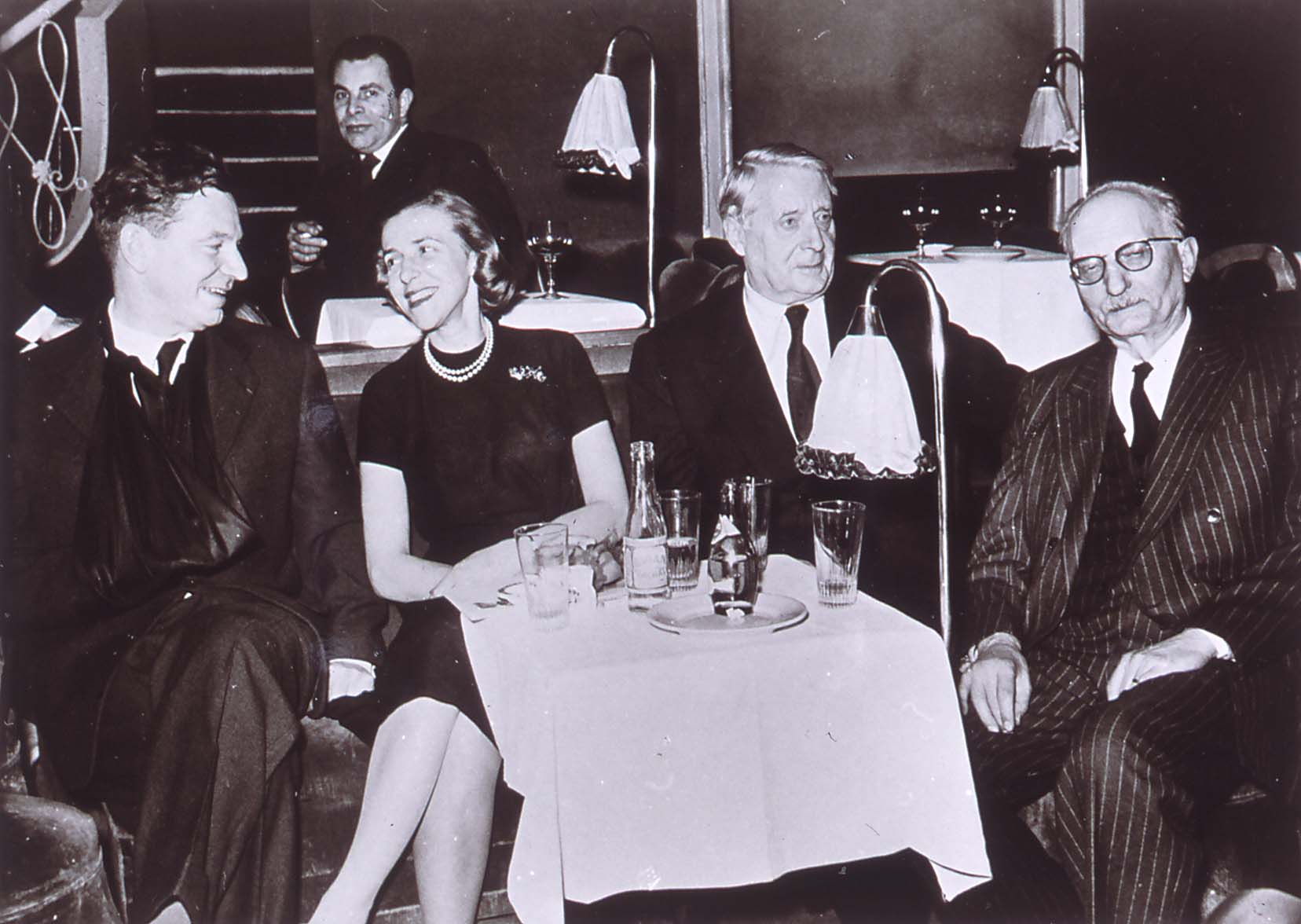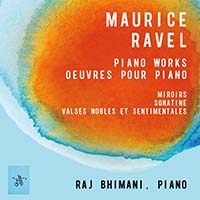My Introduction to Ravel

One of the biggest inflection points in my life happened at age 22 when I moved to Paris. I had just completed my Masters Degree at the Peabody Conservatory in Baltimore and my piano teacher there suggested I continue my studies in France with a colleague who had just served with him on the jury of the Tchaikovsky Competition in Moscow. My teacher had witnessed and encouraged my strong interest in French repertoire, and he made the suggestion with such conviction that I knew he truly believed this would be the best choice I could make. His exact words were, “She’s the perfect teacher for you. I’ll write to her tonight.” And he did.
When I recount this story to my students I preface it by explaining that this happened before the internet. I couldn’t just take out my phone and learn about this teacher in Paris. I wrote her a letter and mailed it with a recording of my graduation recital, then jumped up and down when I heard back that she’d accepted me as a student. I later understood what a rare invitation this was. I bought a one-way ticket to Paris and watched my life transform.

After arriving I learned that this wonderful teacher, Nicole Henriot-Schweitzer, was one of the greatest pianists of the 20th Century. She was a child prodigy born in 1923. Her lessons began at age 6, and half a year later she was performing four-hand concerts with Ravel. They performed Ma Mere l’Oye eleven times, with her playing the secondo part and operating the pedals she could barely reach. She told me stories of how nervous Ravel would get before every concert and how she had to push him onto the stage. I wish I could have seen that!
After those performances she and Ravel stayed in contact until his death in 1937. He adored children. Madame Henriot had the opportunity to study some of the pieces on this album with him. She played the entire Sonatine for him as well as parts of Miroirs. When studying the second piece from Miroirs, Oiseaux Tristes (Sad Birds), 7-year-old Nicole insisted Ravel tell her what kind of birds they were and why they were sad. After reflecting a moment he told her they were the kind of birds that lived by the sea for part of the year, and they were sad because it was time to leave. Of course this was a different story than he told to other pianists who played that piece for him; he created a story especially for this precocious child.
Madame Henriot guided me as I first learned the three pieces on this album. I hadn’t studied any of them before my work with her, so she was able to help me develop a sense of the proper style for this music from the outset. I’ve had three decades since that time to make these pieces my own, programming them frequently in recitals. I’m pleased to have the opportunity to share these cherished works with a wider audience through this recording.


MAURICE RAVEL: PIANO WORKS/OEUVRES POUR PIANO OUT NOW!
RAJ BHIMANI, PIANIST
- Miroirs, M.43
- 1. Noctuelles
- 2. Oiseaux Tristes
- 3. Une Barque Sur L’océan
- 4. Alborada Del Gracioso
- 5. La Vallée Des Cloches
- Sonatine, M.40
- 6. Modéré
- 7. Mouvement De Menuet
- 8. Animé
- Valses Nobles Et Sentimentales, M.61
- 9. Modéré – Très Franc
- 10. Assez Lent
- 11. Modéré
- 12. Assez Animé
- 13. Presque Lent
- 14. Vif
- 15. Presque Vif
- 16. Épilogue: Lent





